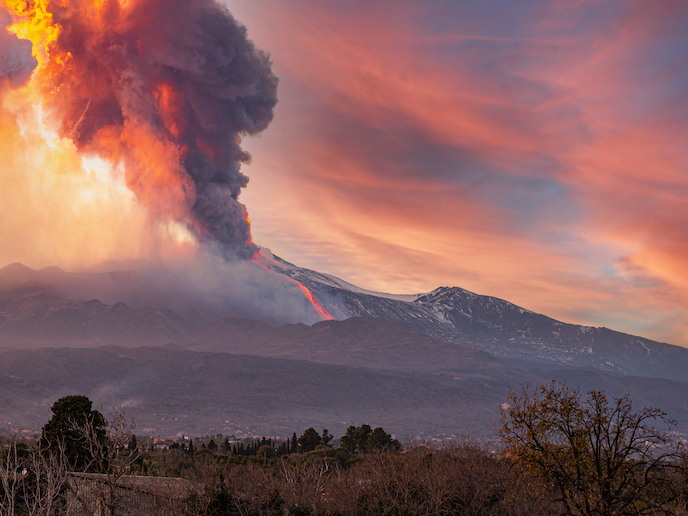Volcano cooling effect impacted by climate change
Volcanic eruptions can be spectacular and deadly – and can even impact our climate. The eruption of Mount Pinatubo in 1991 for example injected 10 to 20 million tonnes of sulfur 20-30 km high into the atmosphere, and cooled the climate by 0.5 C° for a year. While eruptions of the size of Mount Pinatubo only happen every few decades, smaller eruptions happen yearly. “In the stratosphere, the sulfur turns into sulfate aerosols(opens in new window) – tiny droplets that contain sulfuric acid and water,” explains Thomas Aubry(opens in new window) from the department of geography at the University of Cambridge(opens in new window), United Kingdom, and Marie Skłodowska-Curie fellow on the VOLCPRO project. “These droplets reflect sunlight back into space, which means that less light passes through the atmosphere. One effect of this is a cooling of the Earth’s surface.”
Mitigating climate change
A great deal of research has focused solely on the impact of volcanic eruptions on mitigating climate change, i.e. the capacity of these sulfate aerosols to cool the Earth. This project, which was undertaken with the support of the Marie Skłodowska-Curie Actions(opens in new window) programme, was the mirror image of this. “I was interested in seeing whether climate change could be having an effect on volcanic aerosols, and whether this might be creating a feedback loop,” adds Aubry. To achieve this, he used climate models that can simulate the life cycle of volcanic gases and take into account changes in weather patterns, atmospheric temperatures and air circulation. Aubry’s contention was that these variables could affect the life cycle of volcanic gases in the stratosphere, and thus their ability to affect climate. To test this hypothesis, Aubry compared model simulations of eruptions happening in a relatively cold 20th century climate to simulations of the same eruptions happening in a relatively warm 21st century climate. The impact of climate change on large, once-in-a-generation eruptions, as well as smaller eruptions, was examined.
Future climate modelling
What Aubry found was complex. “Our modelling suggests that in a warmer climate, the cooling effect of smaller eruptions will be reduced,” he says. “In contrast, we found the exact opposite for large eruptions, like the 1991 Pinatubo eruption in the Philippines. These kinds of eruptions could become more efficient at cooling.” The smaller the eruption, the smaller the effect; the larger the eruption, the larger the effect. Understanding which effect will dominate is yet to be determined because smaller eruptions are also much more frequent. “The big question we were trying to answer was whether, 50 years from now, we can expect more or less cooling from volcanic eruptions,” remarks Aubry. “We can’t fully answer that yet. But this project has shown that climate change can affect the sulfur aerosol process, which in turn affects the ability of volcanoes to cool the climate.” Aubry also stresses that the climate-mitigating potential of volcanic eruptions is primarily of interest to climate modellers, whose role is to accurately forecast climate change and inform decision makers about necessary action. It is certainly not a solution to the climate challenge itself. “Don’t count on volcanoes to save us,” he says. “Even if we doubled or divided in two the amount of sulfur that is being ejected, it wouldn’t dramatically change the situation. It is up to us to take action to rapidly reduce greenhouse gas emissions.”







